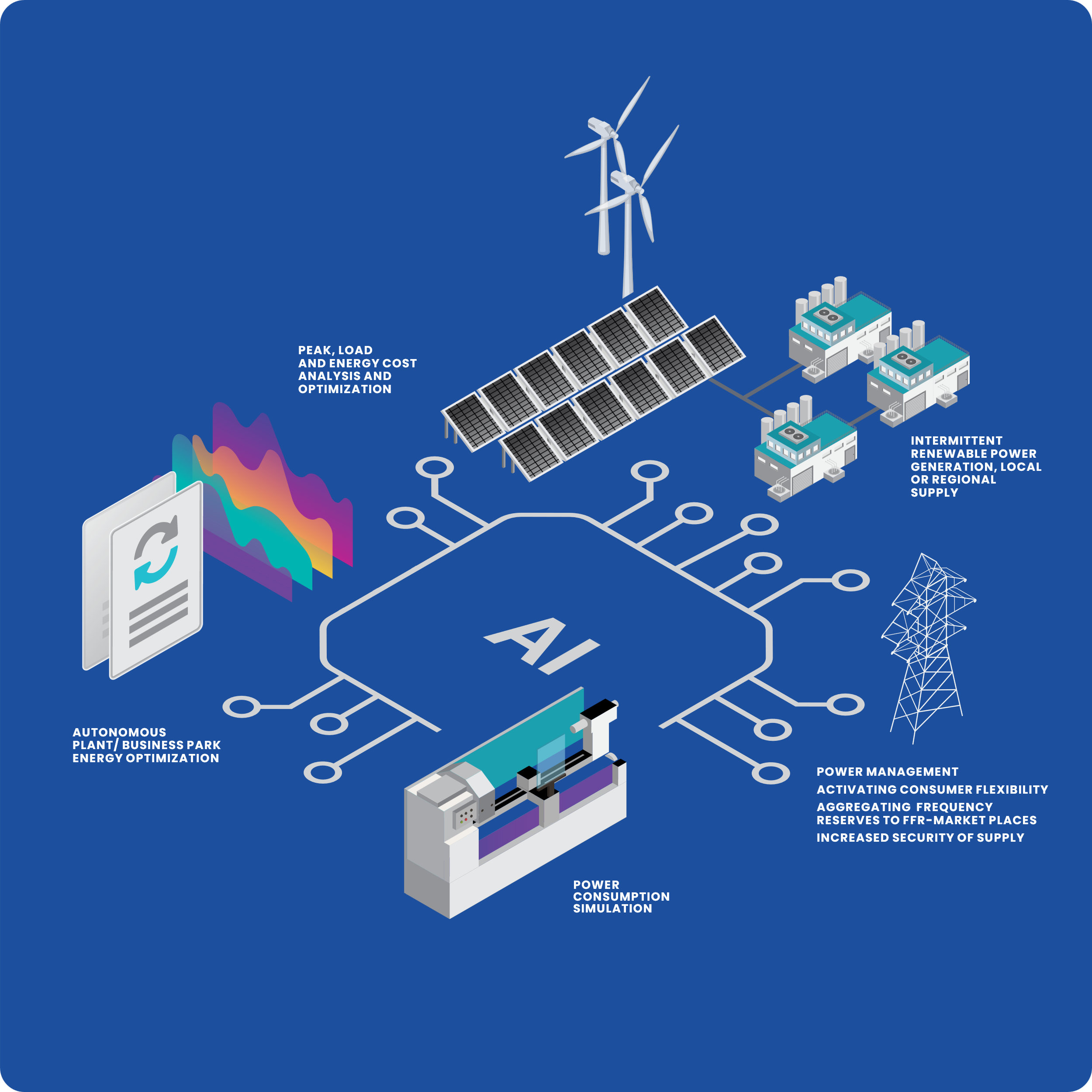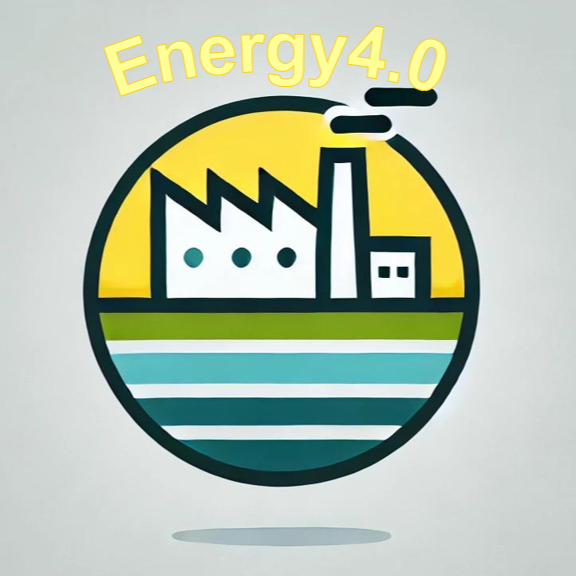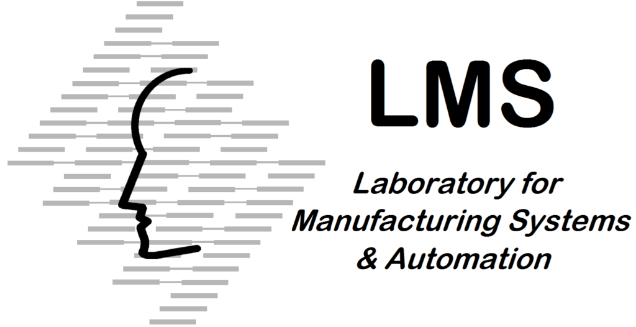General description
Renewable energy sources (RES) usage has been steadily increasing, however, there is a gap in tools for optimizing the balance between energy needs and energy generation from RES, while also considering energy storage capabilities. Energy4.0 aims to address this market need, maximizing the utilization of “green energy” from both local RES and the grid, decreasing environmental impact and costs, through two different modules:
Energy Management: Implementing advanced energy management to optimize the use of stored energy, predict demand, and enhance grid integration, which can improve efficiency and reduce costs, allowing for the optimization of different energy sources (RES, gas, grid electricity, and others), considering different energy storage capabilities (batteries, steam, others). Suggestions for different planning in case energy storage is not sufficient to fully exploit RES availability will be given. LCA: Calculate the environmental impact and cost of energy use at any given time providing a Life Cycle Analysis (LCA) of the selected energy use plan.
Our goal is the creation of a holistic, off-the-shelf, and scalable solution, including supportive training and consultancy services. The already successful Upkip platform will be utilized as a basis upon which the two new modules will be developed and will be tested and validated in two use cases (Goodyear: energy-intensive curing tire process, BEKO: plastics molding for white goods/household appliances).
Objectives
In Energy4.0, a Key Marketable Innovation (KMI) along with supportive consultancy and training services will be developed and commercialized to help the operations of a client to be less dependent on fluctuating energy costs due to energy crises or other unforeseen events. The already successful UPKIP platform will be utilized as a basis, upon which the two new modules will be developed.
Objectives (O):
- Implementing advanced energy management to optimize the use of stored energy, predict demand, and enhance grid integration, to improve efficiency and reduce costs, allowing for the optimization of different energy sources (RES, gas, grid electricity, and others). Include weather forecasts to perform energy predictions, thus maximizing RES utilization by matching RES supply with production needs. It will consider different energy storage capabilities aiming for the identification of the best alternative for a given case, taking existing infrastructure into account. These capabilities could be battery arrays (lithium or recycled), compressed air, steam or hot water tanks, and hydrogen. (Module 1)
- Facilitate the long-term energy efficiency strategy and investments of the pilot users and will be preceded by an analysis report of initial investment, environmental impacts, total cost of ownership, and flexibility of the various energy storage mechanisms. (Module 1).
- The integration of the platform with power meters, smart IoT environmental sensors, and battery management sensors, seamlessly integrated with a modern IIoT platform for storage, analytics, and prediction, will provide an online flow of data and information and allow the transition toward flexible and efficient manufacturing, that complies with modern policies for green production and lower carbon footprint, supporting the transition towards Industry 4.0 and Industry 5.0 (combination with sustainability and training).
- Dynamic LCA Module: Calculate the environmental impact of energy use at any given time providing a Life Cycle Analysis (LCA) of the selected energy use plan. (Module 2)
- Consider the operations planning and will propose adaptations in the schedule if the utilization of energy storage is not sufficient for the maximum RES utilization and productivity efficiency. (Module 1)
Consortium
Coordinated by the Laboratory for Manufacturing Systems & Automation (LMS)
Contact: Prof. P. Stavropoulos | pstavr@lms.mech.upatras.gr
Dr. P. Foteinopoulos | pfotein@lms.mech.upatras.gr
Novelty
The novelty of Energy4.0 relies on the combination of the following capabilities:
- Dynamic LCA and energy cost analysis
- Energy storage optimization
- Combined with energy mix optimization, energy generation prediction based on the weather forecast for maximization of maximization of RES utilization
- Operations planning suggestions
- Data analytics dashboard
- Consultancy and training service supporting the above

The potential of combining the above tools in a stand-alone solution greatly benefits the end-user, as improving the automation potential in production planning, can provide significant cost savings not only in terms of energy usage and CO2 emissions but also greatly reducing the administrative load and subsequent costs.
The energy4.0 solution is a step beyond the state of the art due to the introduction of an “intelligent operator” function that is an implementation of a system for autonomous control. A huge leap will be made in the usability and accessibility of the approach as no advanced knowledge of AI or Physics will be required by the customers. The simulators will be adjusted on the go by the end users through the utilization of relevant environmental parameters captured by the IoT sensors and by training simple models on the fly (i.e. polynomial or linear regression). This approach will allow thousands of experiments and scenarios to be tested before selecting an optimal solution but at the same time remove the technological complexity, making systems for autonomous control much more affordable. Thus, Energy4.0 builds bridges between the digital and physical world with the utilization of AI technology and IIoT sensor systems, achieving measurable improvements in terms of process efficiency and energy consumption.





